The biggest structural problems you need to check before purchasing a previously owned home
Purchasing a previously owned home can be a great way to get into the market, especially if you’re looking for a specific style or size that’s not available in new construction. However, it’s important to be aware of any potential problems with the property before you buy.
One common issue that can crop up is dampness, which can cause mould and other health problems. The health of you and your family is important which is why the structure and function of the piping is the number one thing to check before purchasing a home.
Look for water stains on the ceilings and walls
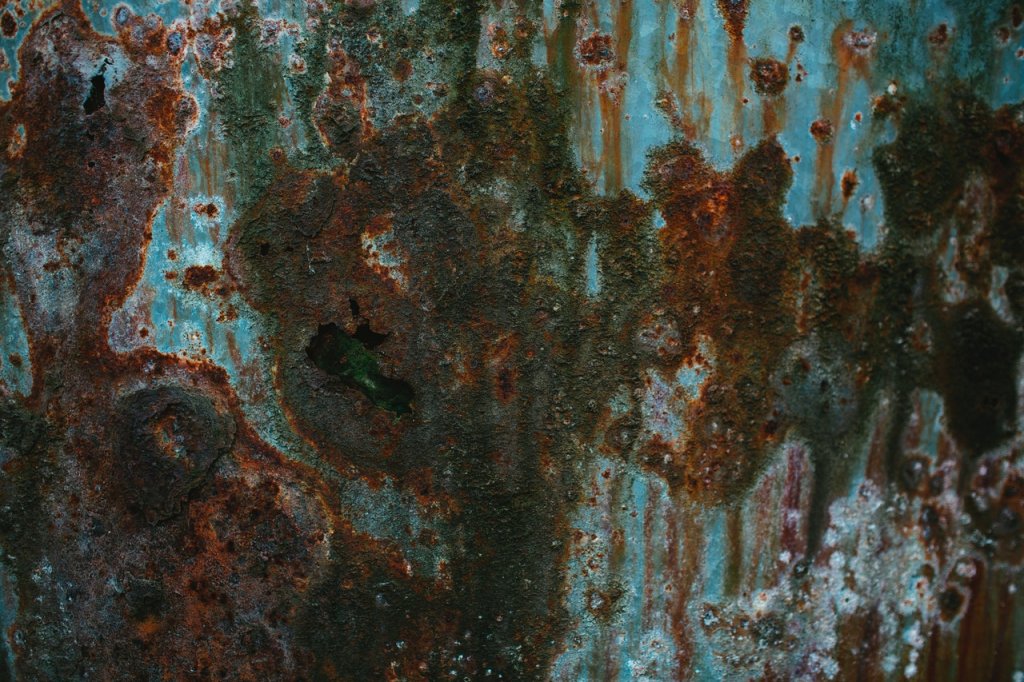
Any water stains are worth investigating, especially in a home you’re looking to purchase. Beyond being an eyesore, it could be an indication of something bigger, such as cracked pipes.
Water damage usually begins within the walls, so if you’re not vigilant, it can be easy to miss the signs.
Inspect the house carefully and look for any of the following tell-tale signs:
- Blistering Paint
- Dirty spots
- Hairline cracks
- Light cloudy patches – this could be a sign mould has been removed.
While there are other things that cause the above, it could be a result of a cracked pipe, in which case you’ll want that fixed ASAP.
Check the basement for any signs of moisture or water damage
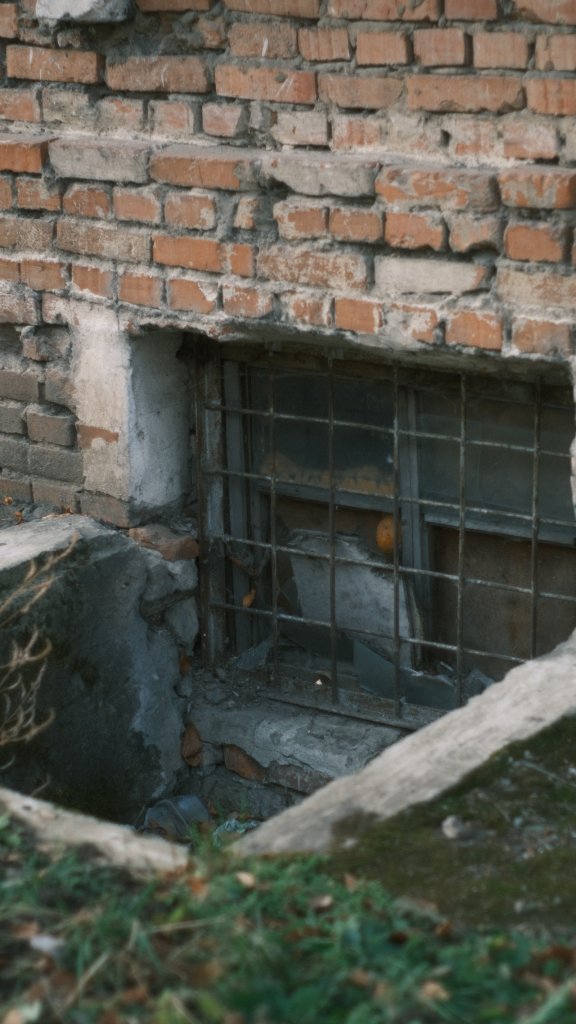
Basements are especially prone to moisture damage, so don’t skip out on checking it. Look for the same tell-tale signs as listed above. The issue a lot of homeowners have is that concrete areas can make it difficult to detect water damage.
While there are DIY ways to test this, they usually take a couple of days, so you may need to hire a professional to inspect a potential property.
Inspect the roof to see if there are any leaks or missing shingles
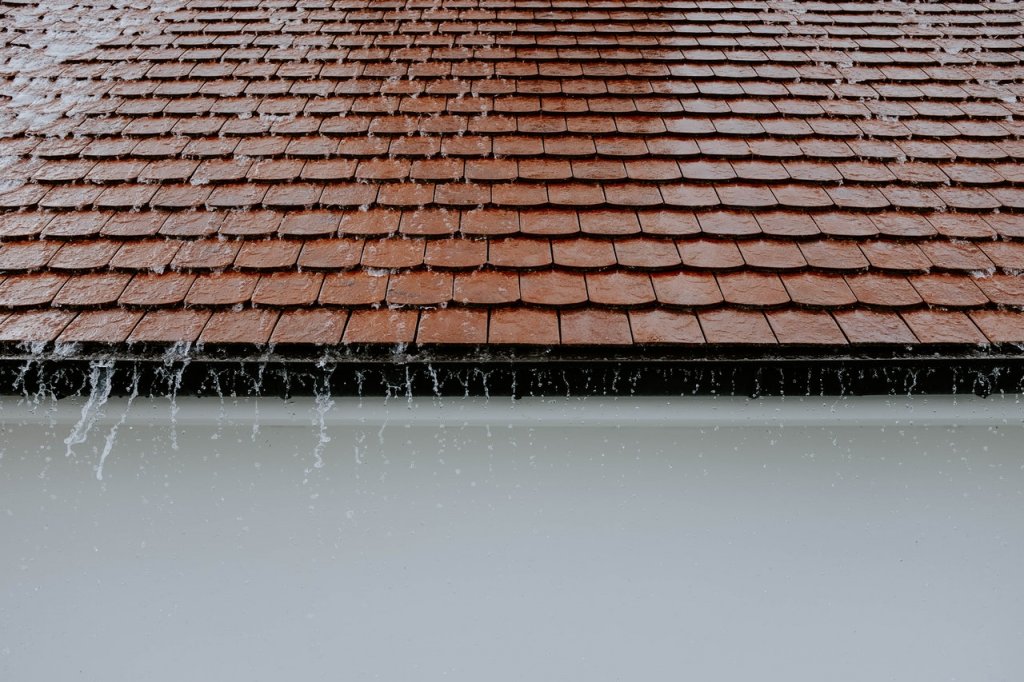
Water damage on the ceiling or walls may be a sign of moisture coming through the roof from cracked sewer pipes on the floor above. If there’s an attic or anyway to check the support beams, be sure to do so.
Check the roof itself for loose shingles, curled flashing, rust, or any signs of damage. If you’re unsure, you can a professional to look at this for you.
Ask the seller about any problems they’ve had with dampness in the past

Ask the seller questions about the pipes such as when they were last inspected, and whether there have been any problems. Also ask if there is any structural damage now or in the past. This information can help you know what to look for.
For example, the mould they mentioned might be more prevalent than they thought. Unfortunately, some people aren’t upfront or simply unaware of some of their house’s defects, so look for signs of water damage even if the seller says they’ve never experienced it.
Get a home inspection to find out more about the property’s history

While some problems can be detected by you if you know what you’re looking for, others will require a professional. If you’ve noticed any water damage, it’s best to play it safe and assume there might be more structural damage.
You should bring up any concerns you have with your inspector to be sure they’ll keep an eye out for it. It’ll give you peace of mind if it’s nothing and could save you buying a lemon if there’s a major defect that’ll cost a fortune to fix.
You’ll also want to know about the property’s history and what defects there have been in the past. It’ll provide a more intimate idea of the property, and an understanding of the state of things and what steps may be need to taken if you plan to renovate your home in the future.
Is it okay to buy a house with structural damage?
Any established home is going to have some defects due to age and wear and tear. The important thing is to understand what you’re dealing with, specifically, whether the faults with your prospective property are minor or major.
When talking to a professional, don’t be shy about asking any questions or for clarification. You don’t want to underestimate the problem and end up getting a nasty shock down the line, because when it comes to renovation, the difference could be thousands of dollars.
Purchasing a house that needs renovation is common practice. What you need to determine is whether the benefits of purchasing this property outweigh the costs and labour of fixing its defects. It’ll also depend on who’s buying the house, as someone with a lot of DIY and renovation skills will get better value out of a fixer-upper than someone who must pay others to do the work for them.
Minor and Major Defects
When you have your home inspected, defects will be classified as minor or major. The difference between the two categories is that a minor defect is one that doesn’t make the home unliveable, while a major defect makes the home unfit and/or unsafe to live in.
If an issue is classified as minor, it doesn’t mean it isn’t serious. It’ll still be something you need to address before it gets worse. For example, water stains won’t make your house uninhabitable, but if it’s the result of a cracked pipe, you’ll want to have it taken care of before more damage is done.
How Old is the Water Damage?
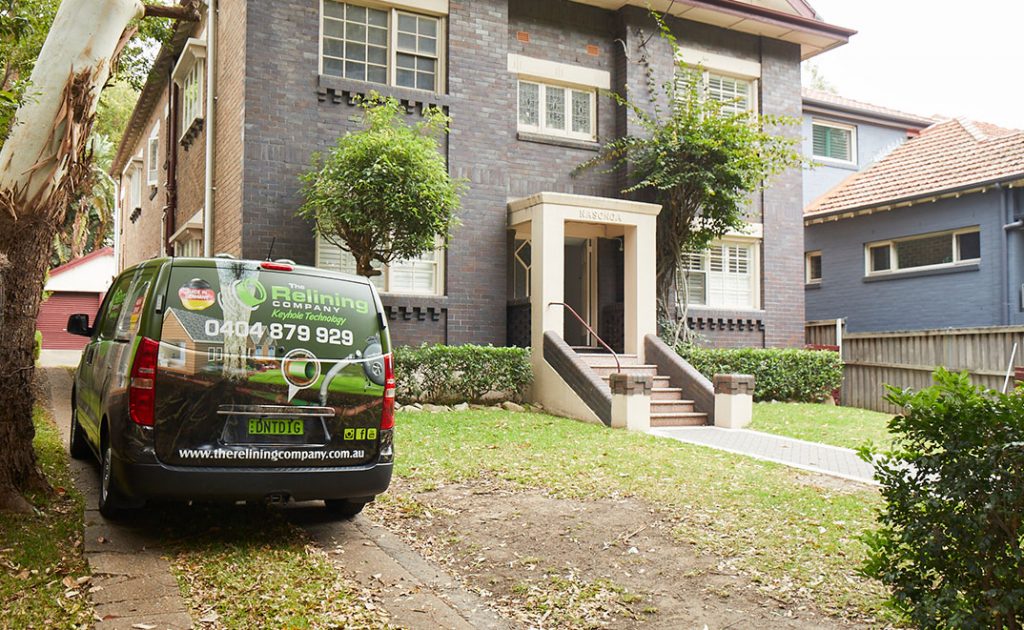
So, now you’ve spotted some tell-tale signs, it’s important to get an idea how long this has been an issue. The longer the water damage has been happening, the more severe the consequences and the more it’ll take to fix.
Here are a few ways to get an idea of how old the damage is:
- Consistency of Material – If the water damage is old, you’ll find the material mushy to the touch.
- Discoloured Rings – See multiple, discoloured stains/rings? This means there have been repeated incidents of soaking and drying.
- Signs of Rot – Extended water exposure will rot everything from floors to framework. Any sign of rotting is something you should take seriously.
- Mould and Mildew – Mould and mildew take time to grow, so if you see any, the water damage is likely several days old.
Bonus tips for checking structural defects.
- Make sure you make the right diagnosis when you notice something. You don’t want to waste time trying to solve the wrong problem.
- Trust your nose – Damp walls, floors, wood, and carpet have a strong odour, as does the smell of sewage leaking through the pipes. If during your inspection any room has that distinct whiff, consider it a red flag something’s up and you should investigate further.
- Walk Barefoot on Floors – It might sound odd, but your bare feet can feel dampness and you’ll able to detect buckles in vinyl flooring and sharp warps in hardwood. If you notice any odd like this, it might be an indication of deeper, structural defects caused by water damage.
Your next steps…
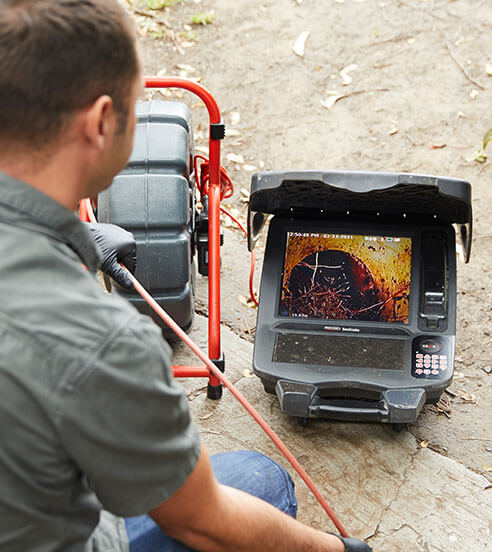
Let’s say you’ve found your dream home and it has some of the above tell-tale signs of water damage. The good news is you don’t necessarily need to give up on the house.
Knowing a problem exists is the first step to getting it fixed. Cracked sewer pipes can be solved with pipe relining from The Relining Company.
Our experienced team can answer any questions you have and will have your pipes fixed in no time. Book your free pipe relining consultation here or call us on 02 8339 4695.
Back to Top